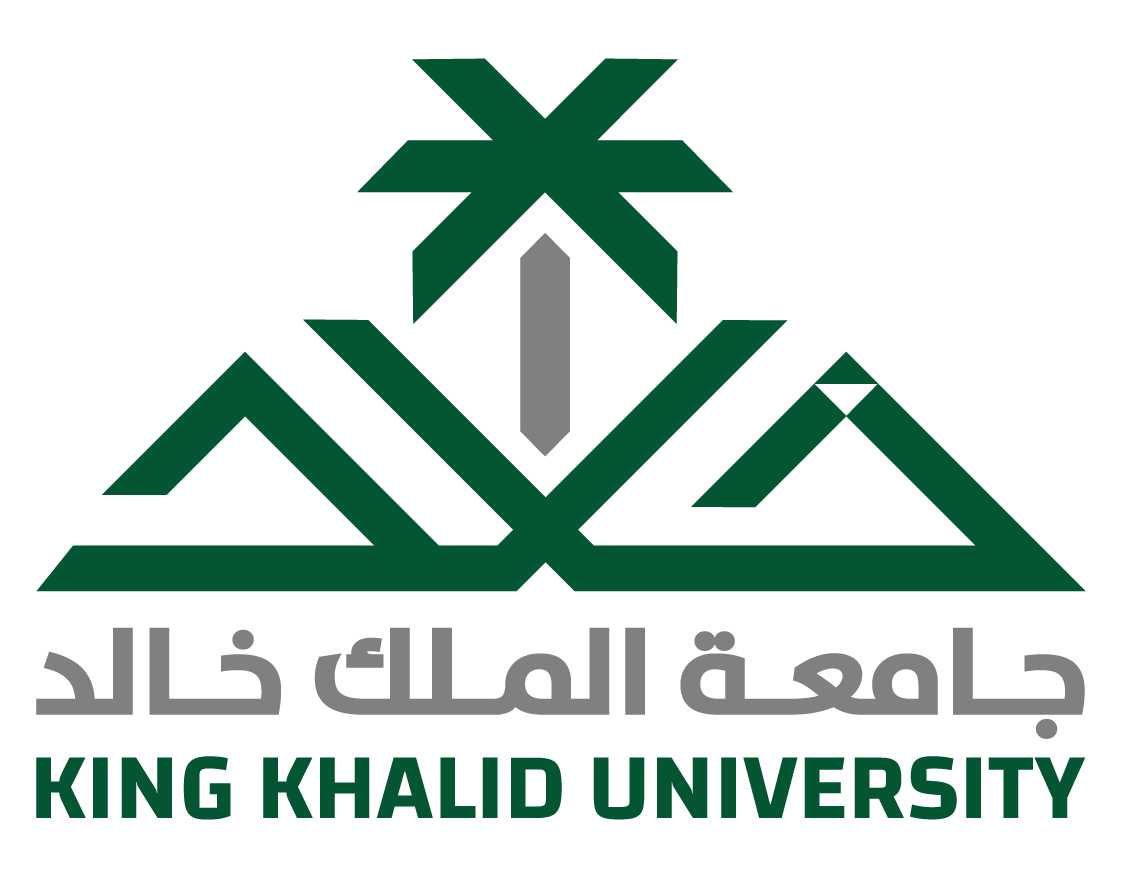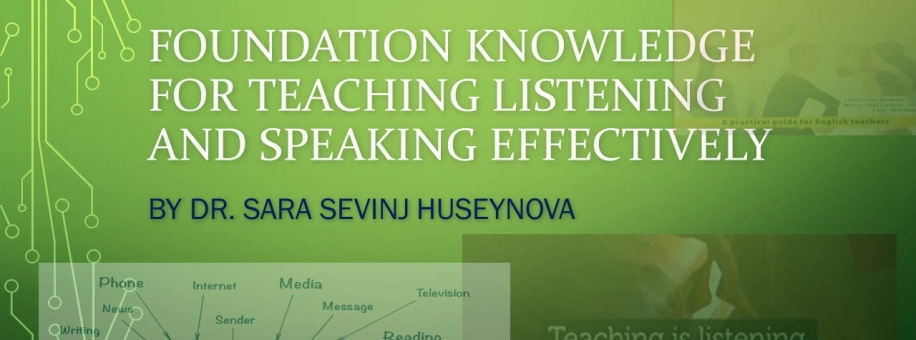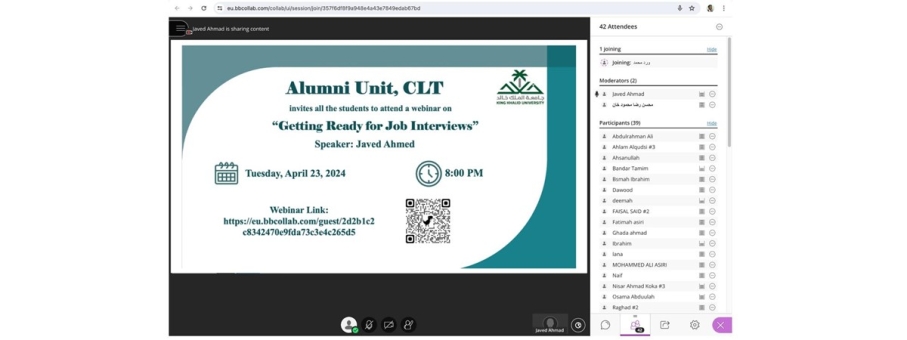Dr. Sara Sevinj Huseynova conducted a workshop titled Foundation Knowledge for Teaching Listening and Speaking Effectively at a webinar organized by the Language Research Center on February 03, 2021. She emphasized what a teacher needs to know to teach the skills mentioned above properly.
Dr. Huseynova first introduced that the core principles of teaching these two skills are generally the same even though one is receptive and the other is productive. The principles, Dr. Huseynova said, are communicative teaching, interactive/task-based learning, learner-centered instruction, and group/blended learning. According to sociolinguists, communication takes place visually, vocally, and verbally. In the "Communicative Approach", she added, students should be engaged in interactive learning, which also involves authentic language input in real-world contexts.
Dr. Huseynova also emphasized the textbook's appropriateness, which means that the material used should include various gender-appropriate topics and interactive activities that make students talk and respond. Moreover, teachers need to prepare lesson plans based on the textbook; however, the lesson's general instructional line should involve the ideas of communicative approach in action.
Dr. Huseynova recommends that the teachers help students have proper exposure to genuine English usage. The teachers should apply both controlled and non-controlled techniques along with efficient use of technology in class. Sara mentioned real-life characteristics and difficulties of listening and speaking processes, making oral communication challenging to teach. Overall, the lessons should be fully learner-centered with less lecturing or reduced "Teacher Talk Time" with the instructor being a role model and art director.
While explaining the interactive teacher roles, Dr. Huseynova focused on unlocking the knowledge of the students before letting the students practice listening, which activates their schematic knowledge. Pre-listening encourages discussion around the theme of the unit with inspiration from interesting questions and striking visuals. Pre-listening may include pronunciation practice as well, which may help improve the overall listening comprehension.
Dr. Huseynova also explained the basic principles of a task-based approach to listening, modern teaching strategies for listening, creative teacher roles, how to encourage students to listen and talk, assessment methods, and the necessity to provide the appropriate feedback.
Dr. Huseynova mentioned the appropriateness of using the "Flipped Classroom" model for teaching listening and speaking, especially during online education. With the "Flipped Classroom" model, learning is flipped, and the students can finish the lower level of cognitive work before the lesson starts, and the teacher continues with applying the knowledge and practicing listening and speaking skills in class.
Dr. Huseynova concluded that it is very important to create an effective rapport with the students and share the appropriate knowledge. A teacher should praise the students in a balanced way with mild criticism while giving corrective feedback, which shows the teacher's genuine interest. Feedback must be given tactfully so that the students are not embarrassed or anxious, not to lose interest in learning.
The webinar was informative and a great success with both male and female faculty members' active participation.
Date: 2-5-2021
Source: Mohammad Adil Siddique






